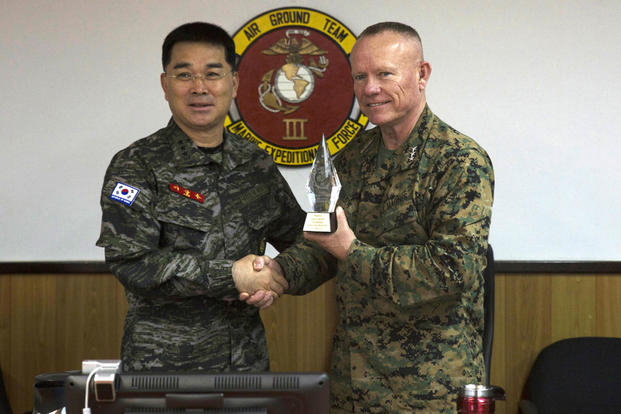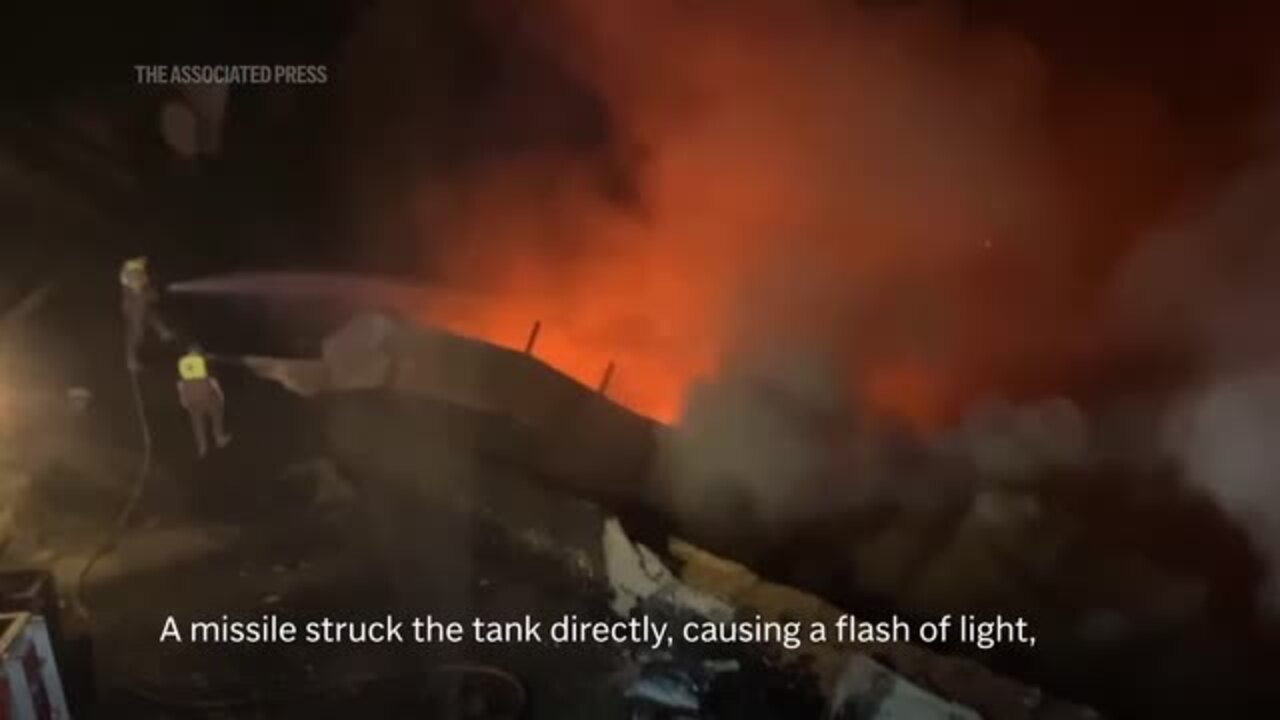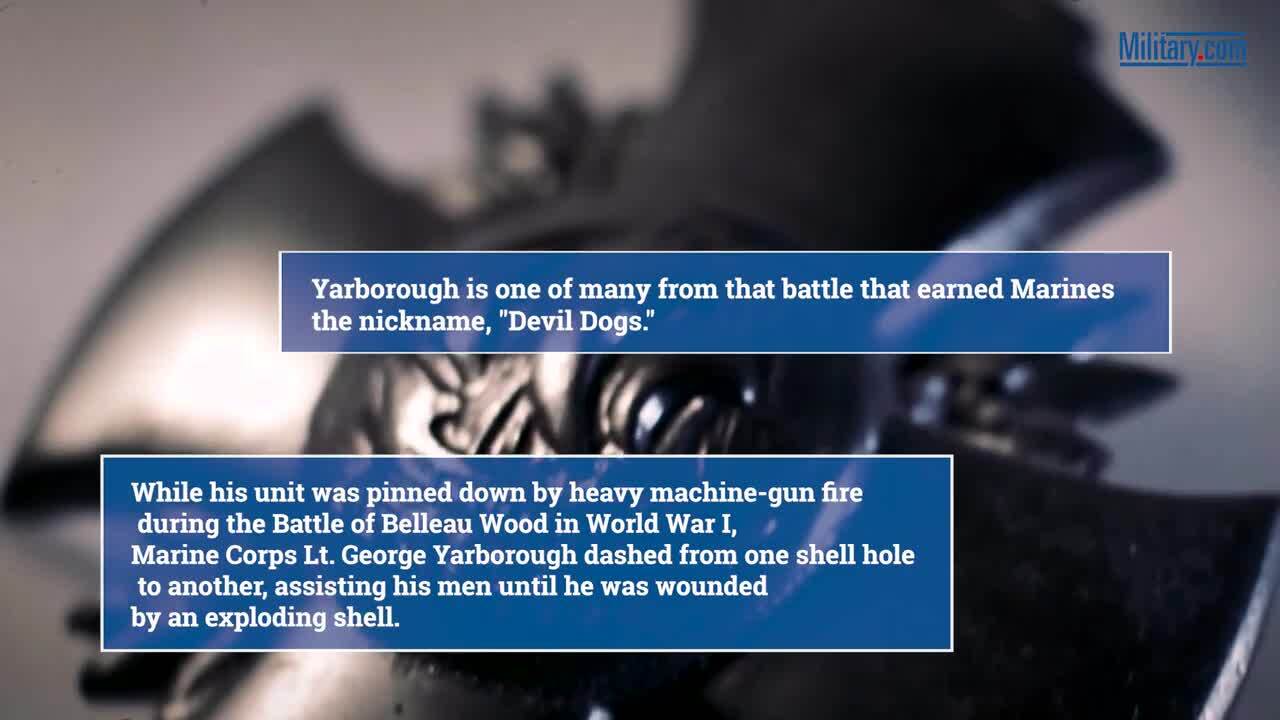CAMP COURTNEY, OKINAWA, Japan — Key military leaders from the Republic of Korea and the United States met at Camp Courtney, Okinawa, Japan, Dec. 11, 2015, to discuss regional security on the Korean peninsula and the future of the two nations’ alliance.
Lt. Gen. Sang-Hoon Lee, commandant of the Republic of Korea Marine Corps, met with Lt. Gen. Larry Nicholson, commanding general of III Marine Expeditionary Force, at the III MEF headquarters building to strengthen plans, operations and relationships between the two corps of Marines.
“The U.S. Marines participated in the Korean War and Vietnam War as comrades in arms, and for 60 years we have defended against any further aggressions,” Lee said. “Another important factor to understand is that 60 percent of ROK Marines are currently stationed in the northwest islands as well as the demilitarized zone. The Korean citizens, as well as the militaries and the nations surrounding northeast-Asia, recognize the fact that we will be the first ones to deploy to the most dangerous area.”
The United States and Republic of Korea created the Mutual Defense Treaty in 1953 after the Korean War.
The treaty is designed to collectively strengthen peace and security throughout the Pacific region. Both generals confirmed their respective forces are ready to uphold that treaty.
“We call ourselves ‘The Fight Tonight MEF,’” Nicholson said. “We are ‘The Fight Tonight MEF’ because we are prepared, on a moment’s notice, to head to the peninsula and support the defense of South Korea. III MEF has an obligation to be most ready when our nation is least ready. We are the forward deployed Marine Air Ground Task Force. We are a great organization. The ROK Marines are a great organization. When you combine them together, we are a formidable force.”
The Combined Marine Component Command, commanded by Nicholson during wartime, consists of ROK Marines, U.S. Marines and select naval units. CMCC represents a focused, combined force prepared to maintain the safety and security of people in the U.S. and Republic of Korea.
“As Lt. Gen. Nicholson has mentioned, it’s not about the plan,” Lee said. “We have a plan, but it’s about the execution - how we train and prepare ourselves for it. We have more than twenty annual trainings together as a ROK and U.S. alliance.”
Exercises and training opportunities such as the Korean Marine Exchange Program, Ulchi Freedom Guardian and Ssang Yong strengthen ROK-U.S combat readiness, joint/combined relations and advance the ROK Marine Corps command and control capabilities during the execution of combined amphibious operations.
As an example, Ssang Yong 14 included approximately 13,000 personnel from the U.S. Marine Corps, U.S. Navy, ROK Marine Corps and ROK Navy.
Approximately 20 ROK and U.S. Navy ships and more than 55 U.S. Marine aircraft supported the culminating training event — a combined amphibious assault.
Each meeting and each training event further strengthens the partnership and ensures both forces are ready to respond to any contingency on the Korean Peninsula, whether the appropriate response is disaster relief or complex, expeditionary operations.
“We constantly work closely with one another,” Lee said. “We are constantly working on developing a common doctrine which we will employ on the battlefield. We understand each other and we know how to fight. The most important thing we share is the same principle and spirit, to fight and win the battle.”
The Republic of Korea and U.S. Marine Corps alliance consists of integration of aviation, sea and ground assets fine-tuned through traditional combined arms live-fire exercises that enhance combat readiness. The U.S. commitment to the Republic of Korea is affirmed in not only legal but also moral agreements.
“One of the things the ROK commandant and I will be doing here today is reviewing, in detail, some of the complex plans that are out there, ensuring they make sense and ensuring our forces are ready to execute the best plan,” Nicholson said. “Every opportunity to make our forces better and more combat ready is something we always take advantage of.”




























